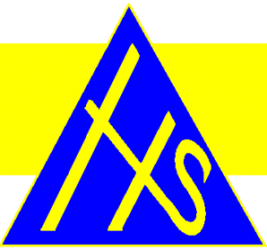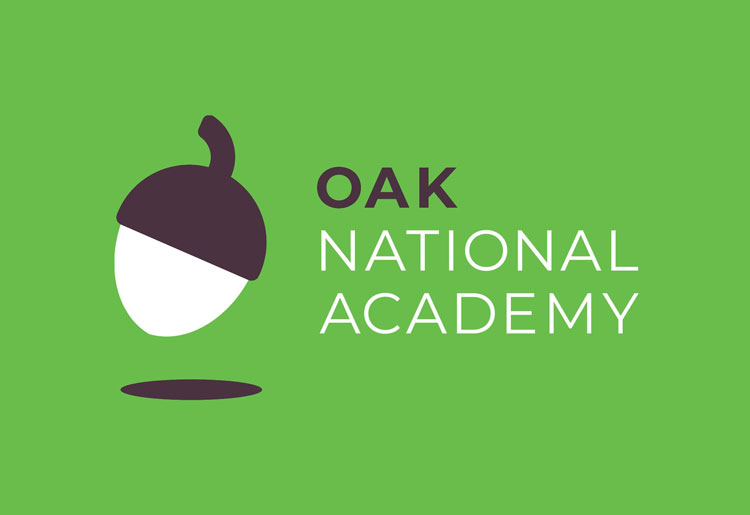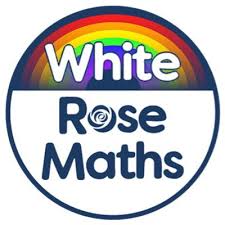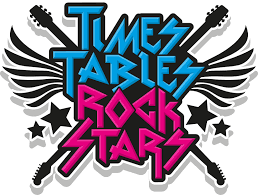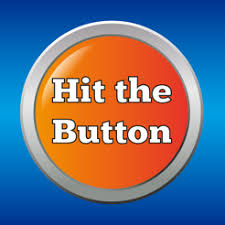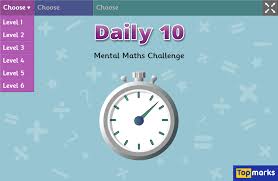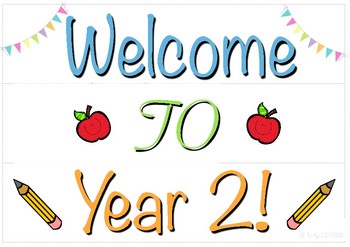
If your child is required to isolate or is unable to attend school for an extended period of time, please call the office on 0121 675 3573 and arrange a telephone meeting with Mrs Sheehan, Mrs Driver or Miss Langford to discuss your child’s learning.
Hello and welcome to year 2’s virtual school! Please feel free to explore the resources available here to either further support your child’s learning at home or as a remote learning tool if your child is required to isolate. You will find learning for both English and maths that runs alongside what we are teaching in school for this first half term, as well as some information about our current topic. Please do call the school on the number above if you would like to discuss your child’s home learning; we are happy to signpost you to what we feel would benefit your individual child the most.



Click here for Autumn 2 Week beginning 9th November
Click here for Autumn 2 Week beginning 16th November
Autumn 2 week beginning 23rd November
Good news! We now have a place where you can send your work to us. When you finish a lesson, please take a photograph of it and submit it here. Make sure your name is written on the work clearly. We look forward to seeing what you have done!

Please click on the link above for the Oak National academy lessons on multiplication and division. Focus on lessons 1-5 for the week beginning 23rd November. We are focusing on sharing and grouping as methods to divide. By the end of year 2, the children should be able to recall the 2, 5 and 10 times table without the use of practical or pictorial support. They will then be able to use these times table facts when solving division problems. We are using a range of practical objects to represent multiplication and division in school. Children can use anything at home, from cut up bits of paper, to conkers! See below for inspiration! The children have also been sent home a 100 square (and there is one at the back of the home diaries) to support their counting in 2s, 5s and 10s.
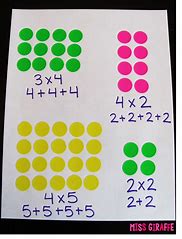
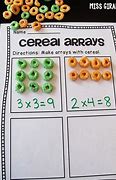
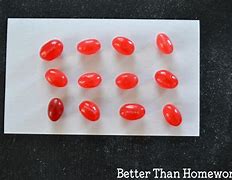
White Rose Maths also have a series of lessons that support our current learning in school. Click on the image above for further lessons to support your child’s understanding of multiplication and division. Scroll down and select ‘Summer term Week 6.’
Your child has a log in for Times Tables Rock Stars and they have been allocated games and activities linked to their current Target Tables test. Ten minutes daily on the ‘Soundcheck’ game would really help support their progress.
And finally, the links below will take you to a selection of arithmetic based games. We often play these games in school and the children love to challenge themselves! Can they beat their previous score? Can they complete the game more quickly? Timers at the ready!

This week’s English is some non-fiction based on the history of toys. Before activities 1, 2,and 3 make sure you have read the information on this link to help you. If you can, print the sheets for each activity, but if you can’t a plain piece of paper is just as good.
The history of toys – click this link for activity 1 – toy timeline. Use the information to put the toys in date order. Have a go first, but the answers are here.
The history of toys – click this link for activity 2 – matching description, name and date each toy was made. The answers are here.
The history of toys – click this link for activity 3 – comprehension questions. No peeking until you’ve finished, but the answers are here.
The history of toys – click this link for the sheet – activity 4 – Interview a grown up.
The history of toys – click this link for activity 5 – draw and write about my favourite toy.

You could also practise these grammar activities by clicking on the links from BBC Bitesize. Try a different one each day.
Carry on with your daily reading by choosing a book (at the right stage for your child) from the Oxford Owl library. You need to register on the home page of the website, but this is free! Click the link below for your own virtual library…
Click here to see a range of ideas for questions you can ask your child about the text they are reading.
And finally, keep up with your spellings using https://spellingframe.co.uk/
In the table below, you will see all our key word spellings and the lists for them. To access one of these lists, you just need to click on ‘ Enter Word List Code’ and enter the code.
| Key words | Spelling lists | Words in each list |
| Reception | 23787 23788 22789 | a I is no go me you we to the my your for said was |
| Key words | Spelling lists | Words in each list |
| Year 1 | 23793 23794 23797 23798 23799 23800 | are ask be by come do friend full has he here his house love of once one our pull push put says school she so some there they today were where will |
| Year 2 | 23802 23803 23805 23806 23808 23809 23810 23811 | after again any beautiful behind both break busy child children Christmas climb clothes cold could door even every everybody eye father find floor gold great half hold hour improve kind many mind money most move old parent people plant poor pretty prove should sugar sure told water whole wild would |
Lots of activities then load (and it is possible to see a simple word list showing the words within that spelling list), and children can access all the ones with the ‘FREE’ badge on them. You do not need to register or sign up
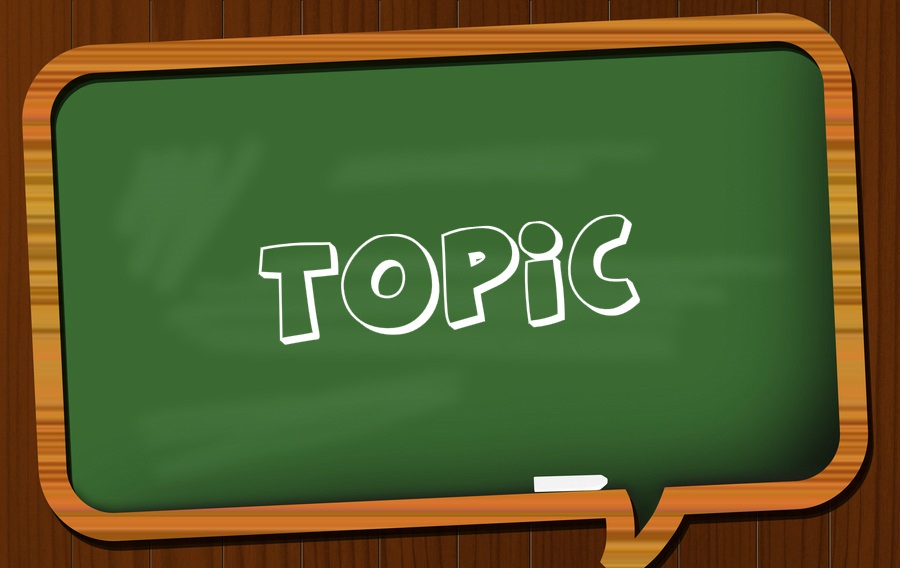

This half term, the children will develop their history skills through exploring how toys have changed over time. Our topic will kick start with a mystery toy box being received from ‘Nanny Chris’. The children will need to become history detectives in order to find out about toys from the past. This will lead onto the children taking part in an exciting DT project, within which they will be set a toy making challenge by a time travelling toy maker
Watch the video below.
Children can conduct their own research by clicking here and here. Why not create a timeline of toys from Victorian times to now? Or perhaps challenge them to find the oldest (and most recent) toy in their household? How are they different?
BBC Bitesize has a range of activities here.
Have a go at making these simple toys using just paper and pencil crayons. Click the links to find instructions for a FISHBOWL SPINNER, a SHARK FLICK BOOK and a PAPER WINDMILL. Let us see you playing with your new toys on Twitter!
Click here for this half term’s homework grid. It’s packed full of ideas for your child to explore at home, either by themselves or with a member of their family. We love to share the work the children are exploring both at home and at school, so please do tweet your child’s learning @HillstonePS.

